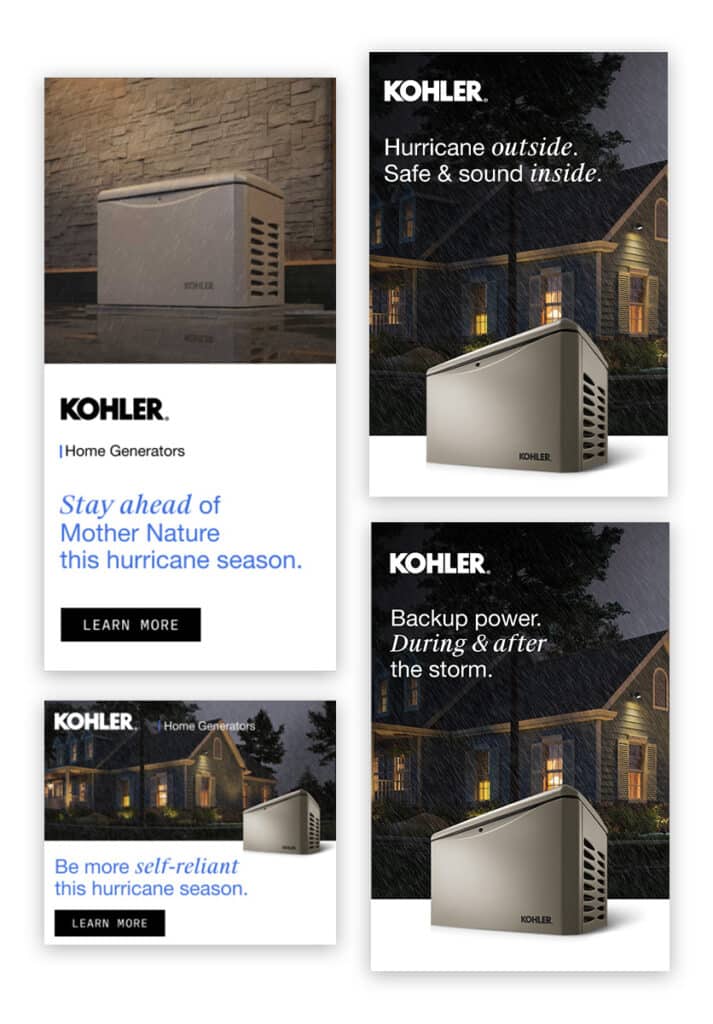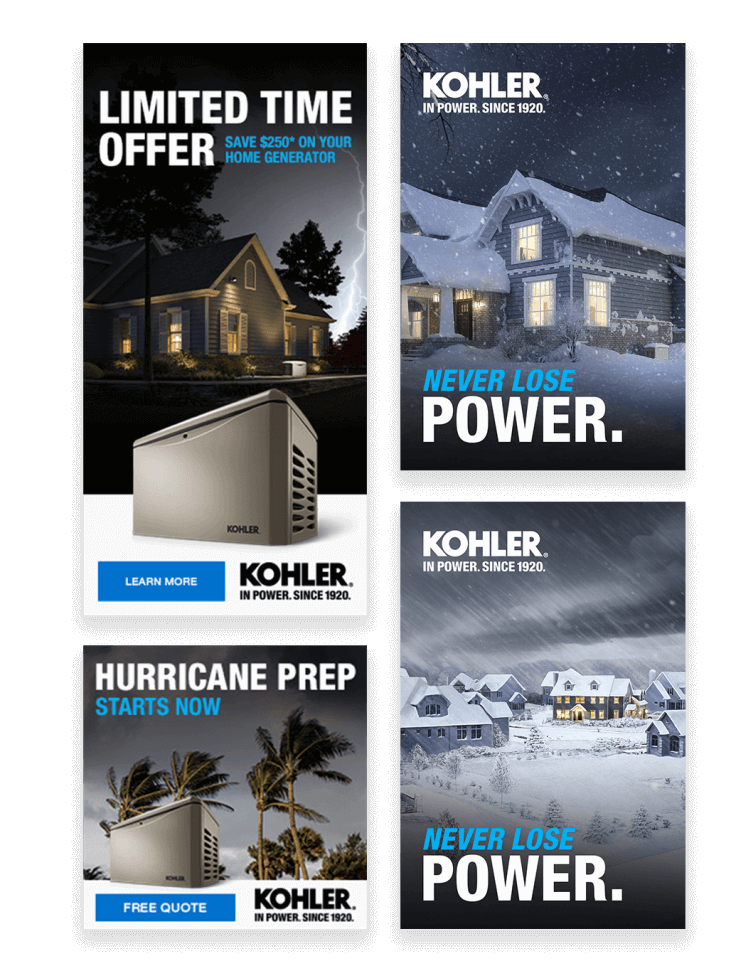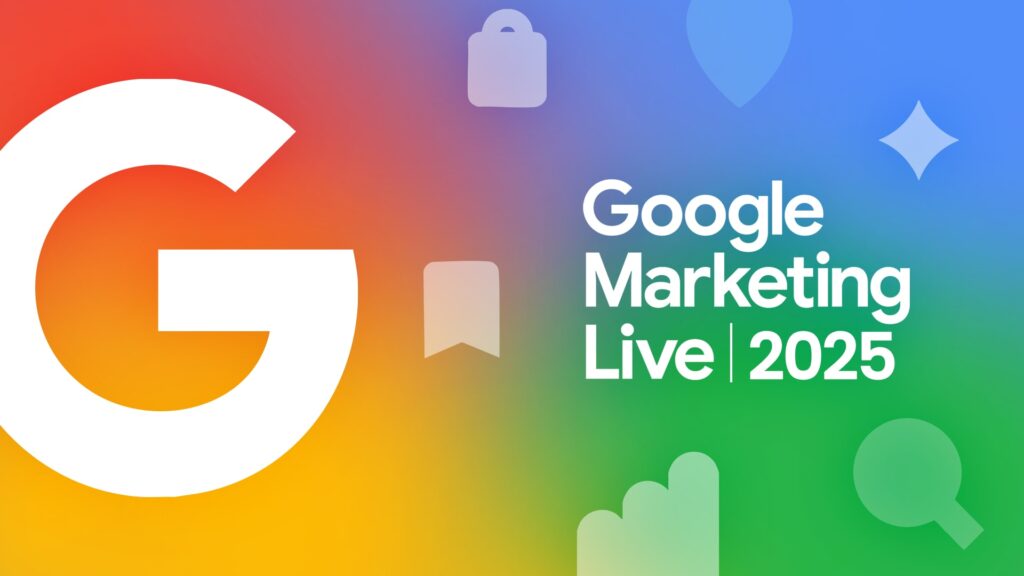
Timing is Everything: How Seasonality Affects Your Paid Media Strategy

Depending on the time of year, consumer behaviors, preferences and purchasing habits fluctuate. Understanding and using seasonality to drive a marketing campaign can be a game-changer for businesses striving to stay relevant and maximize their impact year-round.
Seasonality means delivering:
- The right message,
- To the right audience,
- At the right time.
Anticipating the patterns in consumer behavior—and then creating a campaign around these patterns—are the keys to increasing your ROI. When marketers and brands work together to harness the power of seasonality, they can connect with their audience in meaningful ways.
Let’s delve deeper into how your business can use seasonality to its advantage through an example of a real seasonal campaign.
What Is Seasonal Marketing?
Seasonal marketing means leveraging the ever-changing seasons, holidays, economic trends, social behaviors, cultural events and more to develop a campaign that meets the audience where they are.
Usually, seasonal ads are tactical deployments. In other words, they’re meant to be short-term campaigns deployed at a specific time of the year that enhance engagement and drive conversions and sales. They enhance the larger, long-term marketing strategy.
Take the following examples (click to enlarge):
In preparation for the summer season, we developed a campaign for Pentair’s new pool automation system that allows users to control their pool settings from a mobile device. KOHLER Walk-In Bath’s winter campaign was holiday-themed but still product-focused.
Most of the time, seasonal patterns are predictable (as demonstrated in our examples above). For instance, the back-to-school season triggers an increase in purchases of stationery, electronics, and clothing, while retail spending sees an uptick during the holiday season as consumers shop for gifts. However, in cases where the unpredictable or unexpected happens, the businesses that can quickly pivot to meet their audience’s needs find the most success.
A Seasonal Marketing Case Study
Seasonally relevant content is extremely beneficial within verticals that are affected by weather or time of year. That’s why the TriMark team launched several campaigns on behalf of Kohler Home Energy (KHE) to promote their residential generator products and services in anticipation of winter storms, hurricanes and public power safety shut-offs.
Batten Down the Hatches: Adapting to an Unpredictable Hurricane Season
During National Hurricane Preparedness Week, we shifted KHE’s campaign messaging from a general, product-forward campaign to one focused on hurricane preparedness. The campaigns targeted the Gulf and Southeast regions, where hurricanes often make the first landfall and bring the most power disruption. The aim was to attract proactive consumers seeking backup power solutions.
As hurricane season intensified between August and October, the campaign messaging transitioned from preparedness to assurance. The emphasis shifted to ensuring customers that they can avoid future power disruptions with the help of a Kohler generator.
Ultimately, the TriMark team positioned KHE in a way that allowed for the most adaptability in response to when a hurricane hits a certain market. For example, if a Category 3 hurricane was forecasted for Texas, marketing efforts shifted to those impacted markets. Our team would monitor and adjust budgets in real time to maximize impact without overspending.
When hurricanes escalated to Category 4 and 5, additional considerations came into play to avoid appearing insensitive to those facing hardships beyond the scope of backup power solutions. During these times, social media ads were removed from the affected regions, and comments were closely monitored to maintain brand reputation. Search ads continued to run, but they were shown only to users actively seeking that information.
This adaptive approach ensures that marketing efforts are both effective and sensitive, positioning the KHE brand to respond dynamically to the challenges and opportunities presented by hurricane season.

Winter Is Coming: A Quick Transition to Winter Season
As hurricane season wound down, we quickly pivoted to adjust KHE’s budgets and messaging to align with the changing seasons.
During November and December, marketing efforts shifted towards winter preparedness, featuring snowy imagery and seasonal themes. Location targeting moved away from the Gulf and Southeast regions and focused on the Northeast and Midwest. While winter budgets were lower, the importance of these markets remained high due to their susceptibility to power outages caused by snow and winter storms.

Winter weather, unlike hurricanes, generally does not require the same level of social community management, as fatalities and destruction are less common. However, power outages are still a significant concern. The unpredictability of winter weather, outside of major storms, makes constant monitoring of forecasts essential.
This seasonal shift in marketing strategies ensures that the Kohler Home Energy brand remains relevant and prepared, effectively responding to the unique challenges and opportunities presented by winter weather. By adapting its messaging focus to the season, Kohler can continue to reach and support their customers year-round.
How to Leverage Marketing Seasonality
So, how can you harness the power of seasonality in marketing based on our learnings?
- Stay Ahead of the Curve: Conduct thorough market research, analyze historical data and monitor industry trends to identify patterns and forecast shifts in consumer demand.
- Tailor Your Campaigns: Tailor your messaging to captivate your audience’s attention and drive meaningful engagement. Be sensitive to how your messaging can be perceived and received by your audiences.
- Stay Adaptable: Remain flexible and adaptable to unforeseen changes in market dynamics. Be prepared to adjust your strategies to capitalize on emerging opportunities or mitigate potential risks.
Seasonality is a powerful force that shapes consumer behavior and influences purchasing decisions throughout the year. By understanding the nuances of seasonality and adapting marketing strategies accordingly, your business can effectively engage your audience, drive brand loyalty and maximize revenue. Embrace the rhythm of change, and let it take your marketing efforts to new heights!
Interested in learning more? Read our blogs on How to Develop Marketing Campaigns in the “Off-Season” and 7 Tips for Effective Holiday Marketing.
Keep Reading
Discover What Drives Results



